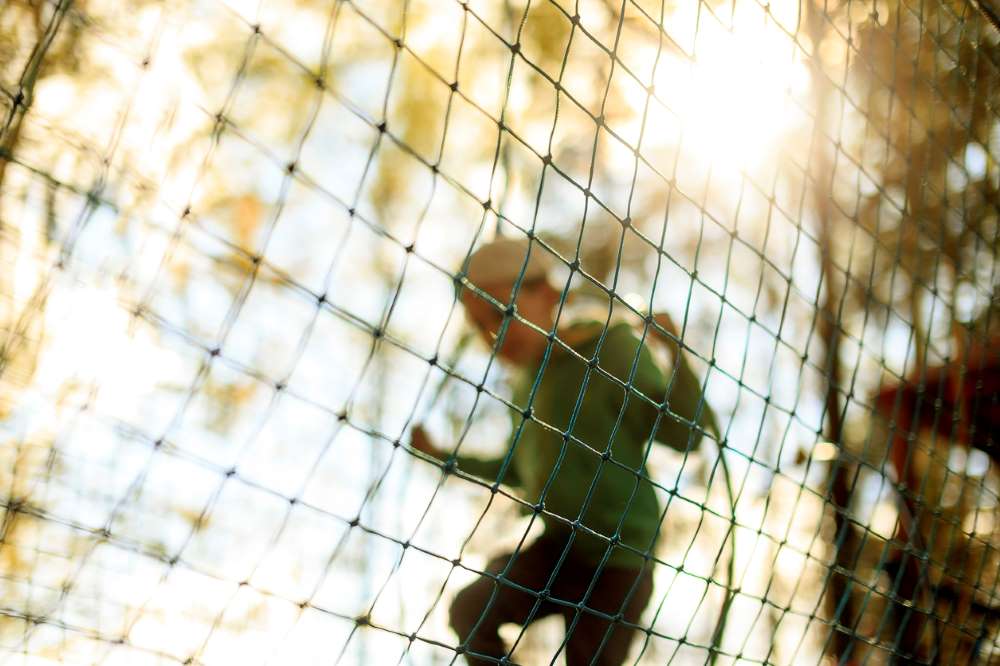
Normally, these two phrases do not go together. But according to one study, over 200,000 children a year are rushed to hospital emergency rooms after serious playground injuries. Monkey bars and other climbing equipment are responsible for the most playground equipment fall incidents, which altogether account for over 90 percent of such injuries. Strangulation is the second leading cause of playground injury. Many kids are either entangled by climbing nets or parts of their clothes -- like hoodie drawstrings -- are caught in equipment. Most playground head injuries occur on older equipment that’s not built over wood chips, rubber, sand, or another soft surface. As a rule of thumb, there should be at least twelve inches of padding covering the playground floor, especially under climbing surfaces.
Meanwhile, researchers continue to find links between youth football and head injuries. Doctors now believe that children between 8 and 13 who play contact football are at risk for serious brain injuries, even if they do not show any physical symptoms. Proportionally, children’s heads and necks are quite large, thus multiplying the risk of injury.
Even the strictest safety advocates say that playgrounds and football are not inherently dangerous. Some pre-trip planning and relatively close supervision can prevent most or all playground injuries. As for football, about 70 percent of children play outside official leagues, such as Pop Warner and USA Football, where the head injury rules are either nonexistent or only sporadically enforced.
Traumatic Brain Injuries
Overall, TBIs are a factor in over a third of the injury-related deaths in the United States, and largely because their brains are still developing, children are especially at risk for serious head injuries. In addition to playground and sports-related TBIs, some major causes include:
- Motor Vehicle Crashes: Seatbelts and other restraints were designed for adults and not for children, so in high-speed crashes, their heads often strike solid objects.
- Falls: Everyday sidewalk or walkway slip-and-falls can cause TBIs just as easily as falls from high places.
- Sudden Loud Noises: Yelling at kids to pick up their rooms is probably okay, but construction sites and fireworks shows are probably places to avoid, especially when the children are very young. Many scientists believe that these events cause shock waves that permanently disrupt basic brain functions.
Given time and treatment, broken bones, deep cuts, and most other wounds eventually heal, but TBIs are permanent. However, through extensive physical therapy, other brain areas often learn to pick up the slack created by brain damage.
Obstacles to Compensation
TBI victims are normally entitled to compensation for both medical bills and tangible losses, as well as emotional distress and other intangible losses. While personal injury attorneys are committed to maximum compensation, insurance companies will do anything possible to reduce compensation, despite those television commercials that imply otherwise. You can also try consolidating medical bills to reduce your monthly obligation.
One of the most common defenses in recreational TBI cases is the assumption of the risk defense. The theory is that persons who voluntarily participate in dangerous activities cannot later sue for damages. This defense comes in two forms:
- Express: A signed claims waiver is not a get-out-of-jail-free card. Many of these waivers are illegal contracts of adhesion (“take it or leave it”); furthermore, in some states and in some circumstances, they are against public policy and therefore void.
- Implied: For the doctrine to apply, the victim must voluntarily assume a known risk. If the insurance company cannot prove either of these elements, the defense fails.
Typically, the insurance company must prove each element by a preponderance of the evidence, or “more likely than not.”
Contributory negligence is another common defense in all kinds of tort cases. Essentially, if the victims were partially at fault for their own injuries, their damages are reduced proportionally. The laws vary considerably by state, but most jurisdictions are modified comparative fault states that require the tortfeasor (negligent actor) to be either 50 or 51 percent responsible for the injury. In contrast, California is one of only ten pure comparative fault states that theoretically allow victims to recover damages even if they were 99 percent at fault. Laws on seatbelt and bicycle helmet use vary significantly as well, with some states recognizing the so-called “seatbelt defense” and other states rejecting it.



























